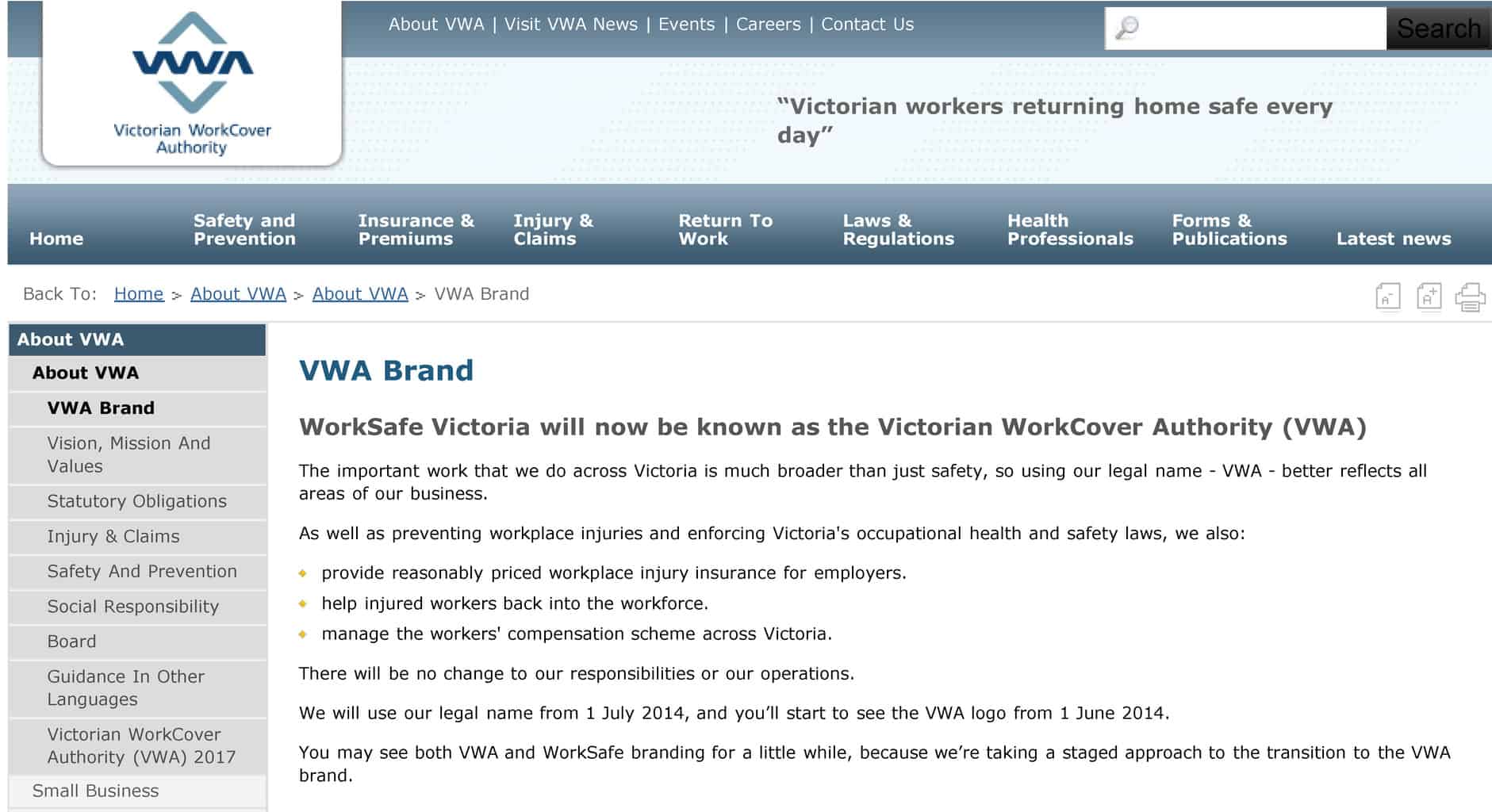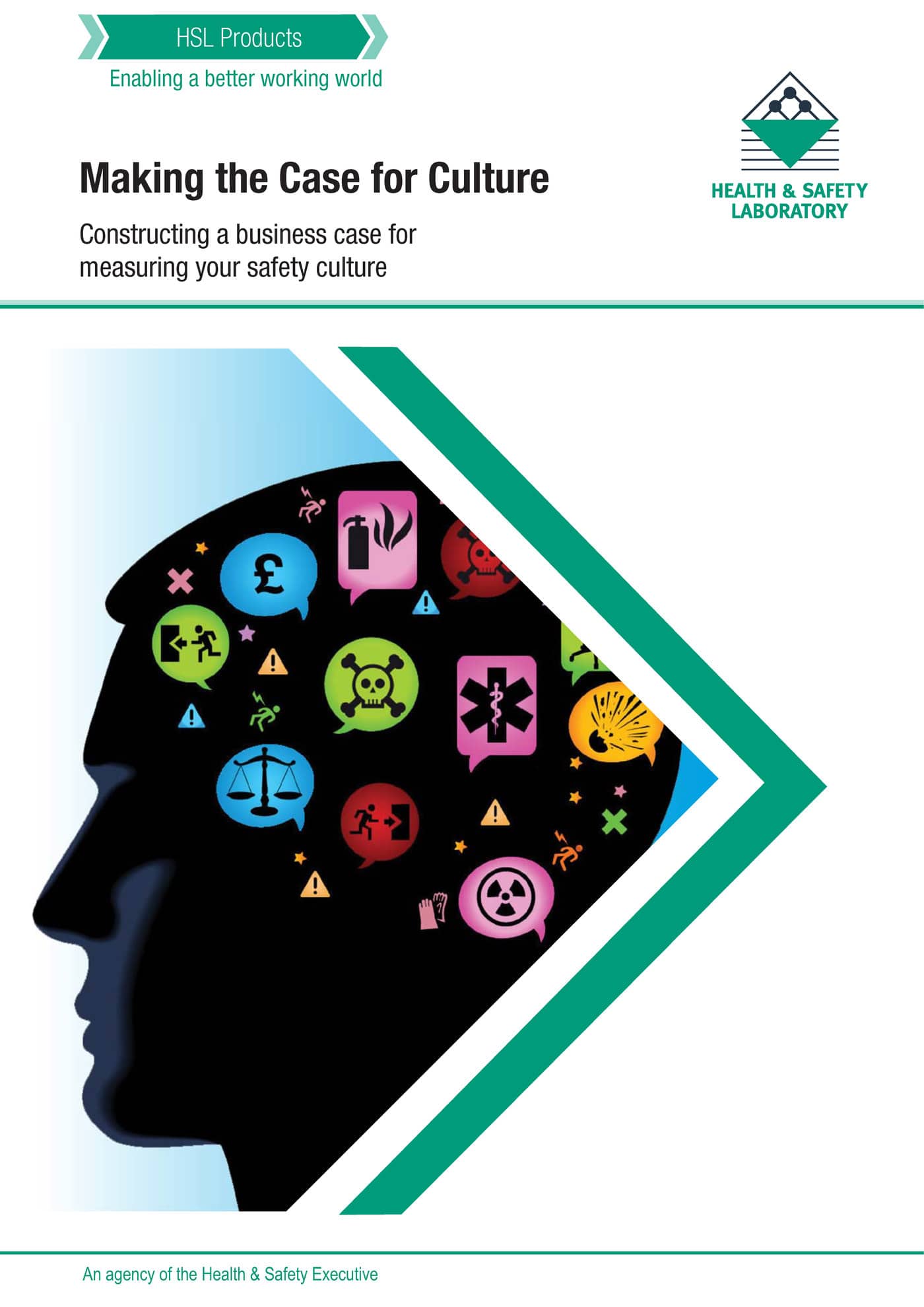 Just over six months ago the (conservative) Victorian Government announced that it was dropping the WorkSafe brand (pictured right). This made little sense at the time as the WorkSafe brand was so established that it became accepted shorthand for the OHS inspectorate. On 23 January 2015, less than two months after the election of a new (Labor) Victorian Government, the brand has been resurrected. It seems that this indicates an ideological change.
Just over six months ago the (conservative) Victorian Government announced that it was dropping the WorkSafe brand (pictured right). This made little sense at the time as the WorkSafe brand was so established that it became accepted shorthand for the OHS inspectorate. On 23 January 2015, less than two months after the election of a new (Labor) Victorian Government, the brand has been resurrected. It seems that this indicates an ideological change.
The benefits of dropping the brand were stated on the Victorian Workcover Authority’s (VWA) website (pictured above) as better reflecting all areas of the VWA’s business but the decision was widely interpreted as a diminution of attention to harm and injury prevention. Such a strategic shift echoed the increased

